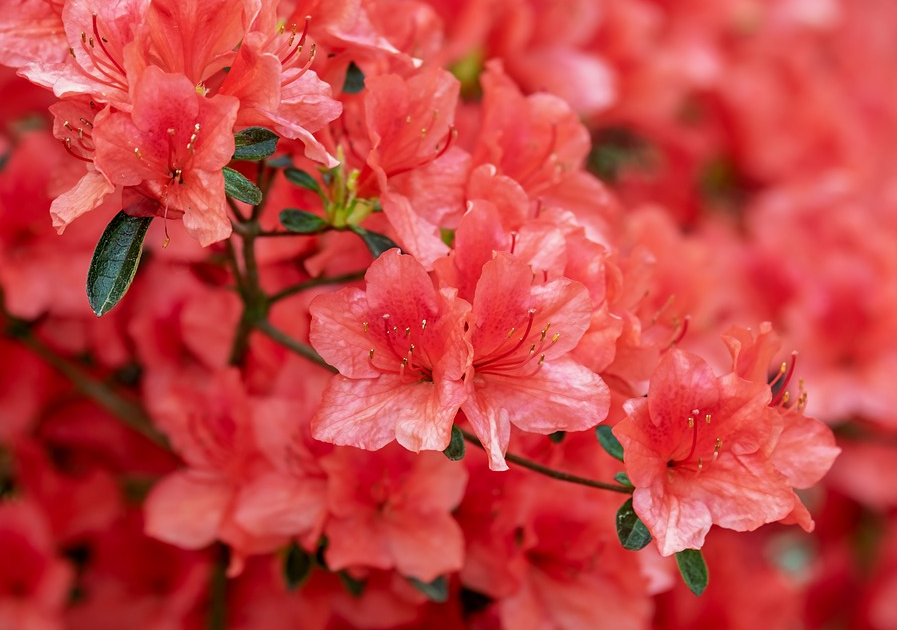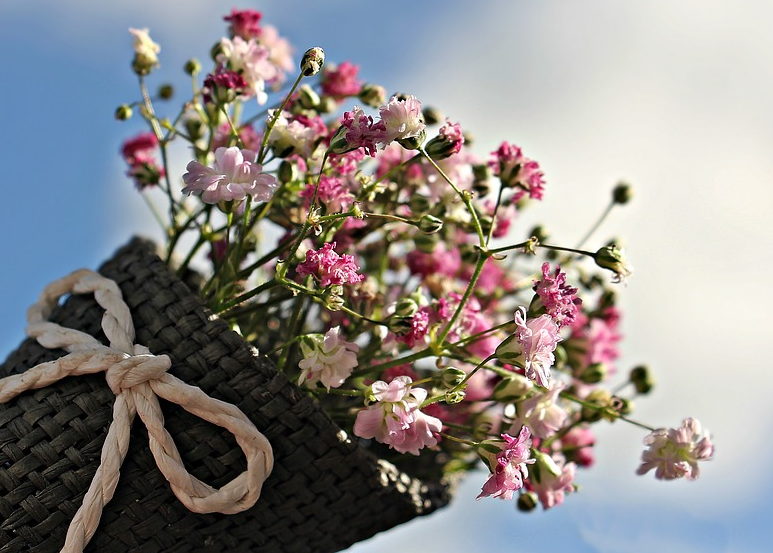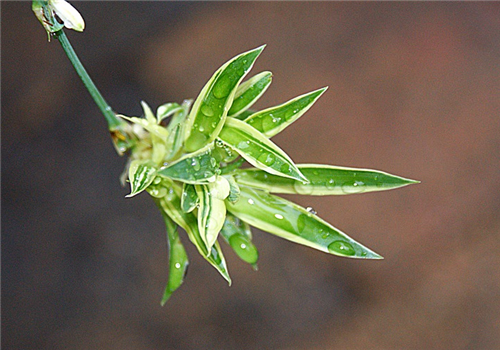Planting skills: rhododendron pests and their control methods
Rhododendron, also known as Yingshanhong and pomegranate, has a bright red Corolla and has high ornamental and medicinal value. Cuckoos sometimes appear pests, mainly red spiders, rhododendron bugs and aphids, the following is to introduce cuckoo breeding skills: rhododendron pests and control methods.

1. Red spider
The red spider of rhododendron mainly occurs on the back of the leaf, and when the occurrence quantity is relatively large, the back and tender shoots of the leaf are also distributed. After the occurrence of the red spider, its leaves will appear small yellow and green scattered spots.
Prevention and control methods: create a well-ventilated environment to make cuckoos grow healthily and increase resistance to red spiders. If the occurrence quantity is relatively large, the important areas can be cut off to reduce the amount of mouth formation; if the branches are more and more dense, you can spray pesticides from nicotine biological sources such as avermectin.
2. Azalea net bug
Rhododendron bugs mainly occur on the back of the leaves, when they occur, they will see some black spots on the back of the leaves and small insects with transparent wings about 2-3 mm in length, and yellow and green spots on the front of the leaves, but they are smaller than the spots that occur when red spiders occur. When it occurs, it spreads from the leaf vein to the leaf edge, and the occurrence degree of the leaf center is obviously more than that of the leaf margin.
Control methods: if there are few pests, diseased leaves can be removed and burned to prevent re-infection. If the number is relatively large, imidacloprid can be used to prevent.
3. Aphids
Aphids mainly occur on the back and tender shoots of leaves, and there are some small green and white insects, some with wings and no wings, usually clustered together.
Prevention and treatment: when a small amount occurs, you can take it under the faucet and wash it off; or hang some yellow armyworm boards around the azaleas; you can also control it by soaking tobacco water. If the occurrence is relatively large, imidacloprid can be used for spraying. A second dose should be given 3-7 days after the first dose to kill the larvae that do not hatch in the eggs.
Time: 2019-04-05 Click:
- Prev

Family flower cultivation skills: planting methods of Gypsophila paniculata
Gypsophila paniculata is mostly used for cut flowers, but potted ornamental is also very high. You can buy some seeds of Gypsophila paniculata online, so how should these seeds be sown? Here is a brief introduction to the planting method of Gypsophila paniculata. The basic information of Gypsophila paniculata seeding, taking pink Gypsophila paniculata as an example
- Next

"Air Guardian" what if the leaves of the orchid turn yellow? Can I put it in the bedroom?
As an air guard, hanging orchid is a green plant that appears in many people's homes. Hanging orchid can also be called hanging pot grass, folding crane orchid, bluegrass, airplane grass, spider grass and so on. Chlorophyllum is not native to China, it was first introduced from Africa to all parts of the world. What about the yellow leaves of hanging orchids? What are the values?
Related
- Fuxing push coffee new agricultural production and marketing class: lack of small-scale processing plants
- Jujube rice field leisure farm deep ploughing Yilan for five years to create a space for organic food and play
- Nongyu Farm-A trial of organic papaya for brave women with advanced technology
- Four points for attention in the prevention and control of diseases and insect pests of edible fungi
- How to add nutrient solution to Edible Fungi
- Is there any good way to control edible fungus mites?
- Open Inoculation Technology of Edible Fungi
- Is there any clever way to use fertilizer for edible fungus in winter?
- What agents are used to kill the pathogens of edible fungi in the mushroom shed?
- Rapid drying of Edible Fungi

